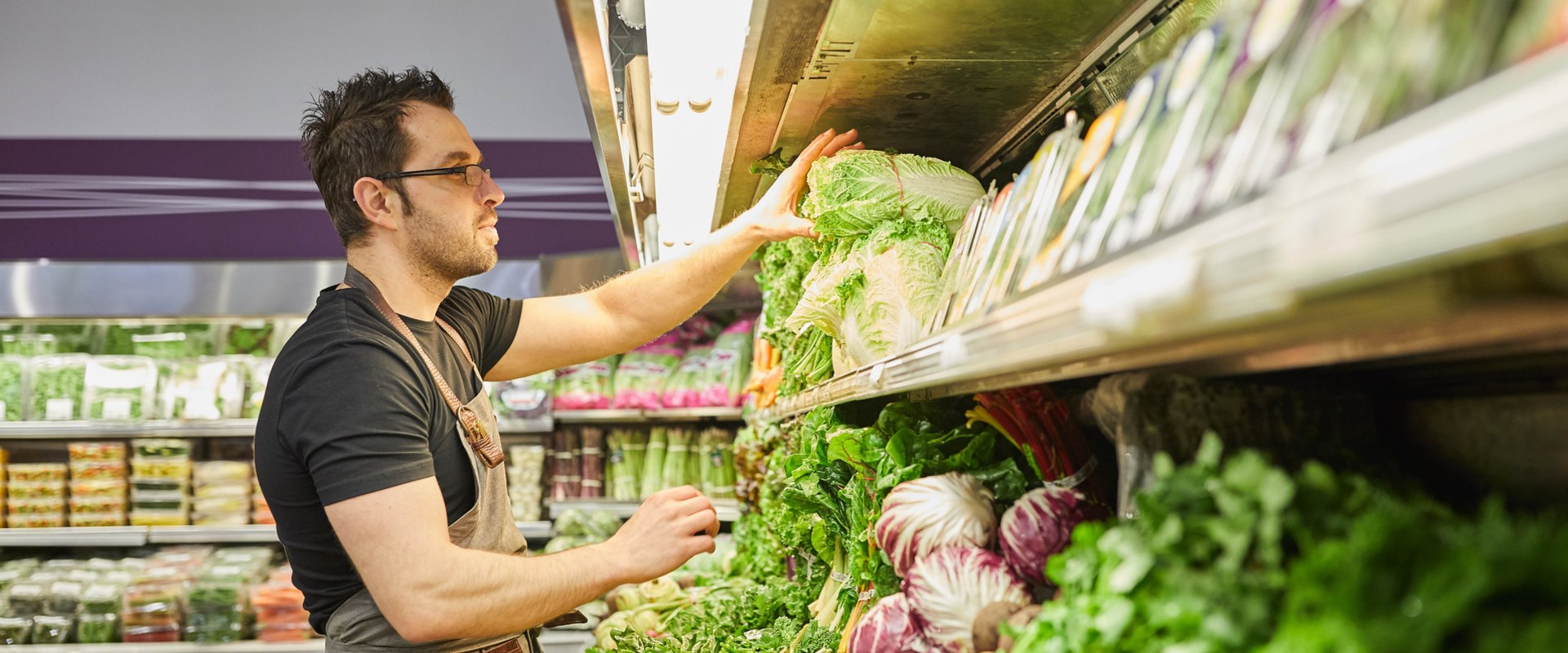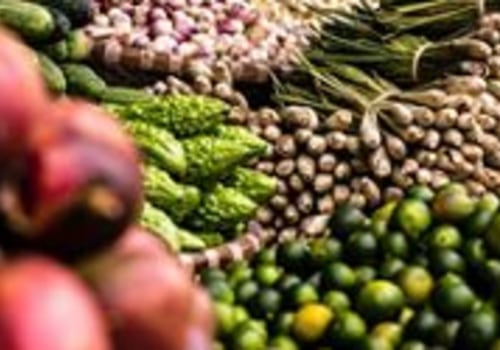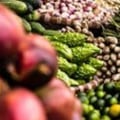The food industry is no longer a lazy market. A quick trip to the supermarket reveals that it is now a highly competitive environment, with new products appearing almost daily, particularly around the perimeter of the store. Even the products in the interior aisles have seen changes. To succeed in this market, it is important to identify an area with few competitors that offer similar foods.
For example, pizzerias face enough competition from other types of restaurants without having to compete with each other. Location is also key. Choose a highly visible spot that has an appropriate consumer base nearby. For instance, don't open a family restaurant in an area full of office complexes.
A residential area with a high percentage of families with young children would offer more potential customers, especially if there are currently few local restaurants serving that demographic group. Using sales and market share data from Euromonitor, this study set out to analyze the food industry within the European Single Market (ESM), comparing aspects of the market structure of four food industries: packaged foods, non-alcoholic beverages, quick-service restaurants and supermarkets. The competitive advantage also focuses on food safety, food compliance and food quality, in order to gain long-term customer trust. Supermarkets were considered both as manufacturers of packaged foods and non-alcoholic beverages through their own brand products marketed and retailers who sold the products. Delivery services have also become popular, with companies like Postmates now delivering food to homes from grocery stores and restaurants. Offering lower prices than the competition may attract consumers, but don't compromise the quality of your food and service.
Knowing how your competitors interact with customers can give your brand a significant advantage. Another area of innovation is to minimize food waste or exclude unnecessary ingredients from products, such as artificial colors, which only affect the aesthetic appearance of the product. This has potential implications for the implementation of environmental food policies at different levels of jurisdiction. For the 27 countries included in this study, Euromonitor data was available for manufacturers and supermarkets of packaged foods and non-alcoholic beverages. The analysis revealed that despite high levels of market concentration, quick-service restaurants showed a considerably greater number of global brand owners with a market share of ≥ 1% and unique companies than any other food industry. Manufacturers of packaged foods and non-alcoholic beverages showed similar companies and best-selling product categories throughout the ESM, with the main difference between the two industries being the higher level of market concentration within the soft drink industry and its respective product markets. Innovation in this industry is also driven by new raw materials with attractive nutritional and technological characteristics, as well as new production and processing technologies.
As such, staying ahead of the competition requires staying up to date on these developments.









